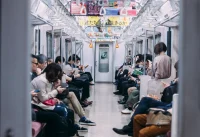Five recommended destinations for foreigners who want to live in the Japanese countryside! Also explains the standard cost of living and how to choose the right one!
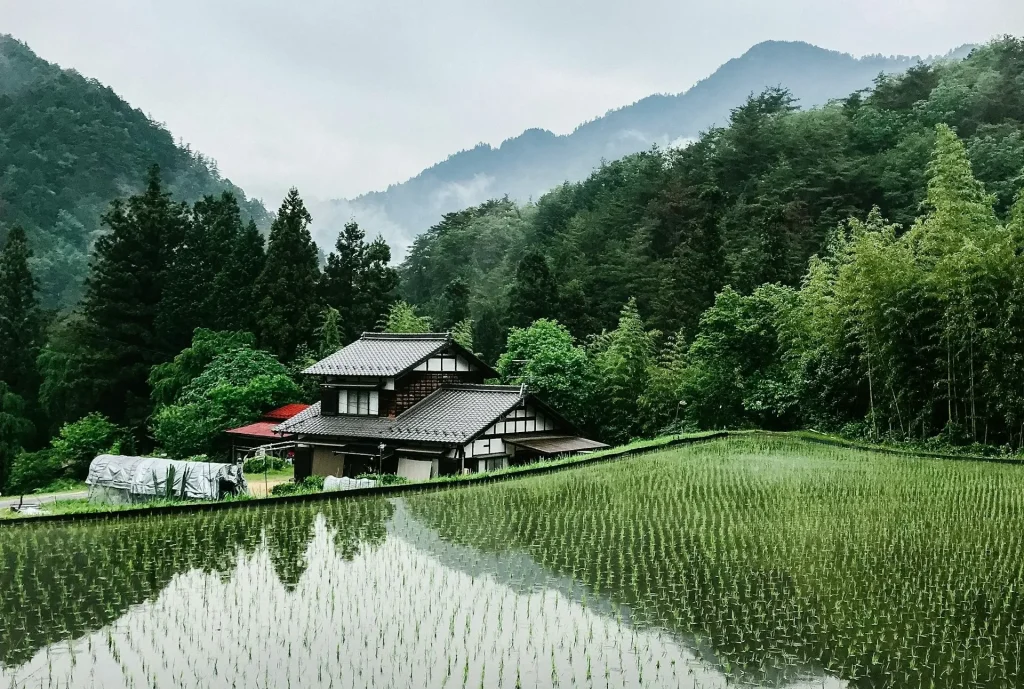
Foreign residents in Japan are becoming increasingly interested in living in the countryside as they struggle with skyrocketing rents in Japan's large cities. In addition to the appeal of a relaxing lifestyle in a rich natural environment, the reasonable cost of living compared to the city is also a major attraction.
In this article, we will provide detailed information on the appeal of living in the Japanese countryside, the cost of living that you may be interested in, and how to choose a place to settle down. If you are considering leaving the hustle and bustle of the city and living in the beautiful Japanese countryside, please take a look at this article.
Basic knowledge about moving to rural Japan

When considering moving to the Japanese countryside, let's first review the basic knowledge you should know in advance. We will explain in detail the appeal of countryside living, the cost of living you may be interested in, how to choose a place to settle, and other information that will help you make the decision to move to the country. We will also introduce the subsidy system of the local government, which can reduce the cost burden associated with emigration.
The Charm of Living in the Japanese Countryside
We have compiled a list of charms of the Japanese countryside that cannot be found in large cities such as Tokyo and Osaka.
1. relax in the rich natural surroundings
In rural Japan, you can enjoy a relaxing life in an environment surrounded by rich nature, with magnificent mountain ranges, beautiful seas, and clean air. Away from the hustle and bustle of the city, you can take a deep breath and enjoy a leisurely walk in nature, a life that refreshes both body and soul.
Another major attraction is the ability to experience firsthand the changing of the seasons, which is unique to the countryside.
2. the city is not busy and you feel you have more time to spare
In the Japanese countryside, you will experience a leisurely flow of time without the hectic pace of the city. You will not be caught up in the commuter rush or be tossed about by the crowds, so you will have more time to relax and enjoy your daily life.
In some areas, visitors can enjoy spending time in the countryside, strolling through streets that retain an old-fashioned atmosphere and mingling leisurely with the locals.
3. low rent and large room
A major attraction of Japan's rural areas is that rent is much cheaper than in the cities. In many cases, it is possible to live in a spacious room for less than half the price of a room in the city.
Another major attraction of country living is that you can live in a house with a garden. There is a high possibility that you can enjoy a vegetable garden, keep pets, and realize other lifestyles that are not easily possible in the city.
4. a good environment for outdoor hobbies
The Japanese countryside offers an environment where outdoor hobbies can be enjoyed to the fullest.
Surrounded by nature, including mountains, oceans, and rivers, visitors can enjoy a variety of activities such as mountain climbing, camping, fishing, and marine sports.
Also, if you enjoy skiing or snowboarding, living in a town close to the slopes will allow you to go skiing every day. Why not enjoy an active rural lifestyle while enjoying your hobbies to the fullest?
5. possible subsidies to cover the cost of relocation
In recent years, more and more local governments have established subsidy programs for immigrants. Depending on the municipality where you are relocating to, you may be eligible for partial subsidies for moving expenses or for purchasing or renting a house.
Some municipalities also offer subsidies to support business startups and farmers, so it is a good idea to check for such subsidies when choosing a place to settle. By making good use of subsidies, you may be able to reduce the cost burden associated with emigration.
How much does it cost to live in rural Japan?
The main costs associated with moving to the countryside include the following
| (data) item | market price |
|---|---|
| moving expenses | 50,000 to 100,000 yen |
| rent | 30,000 - 70,000 yen/month |
| Water and utilities | 10,000-20,000 yen/month |
| food expense | 20,000 - 30,000 yen/month |
| postage | 5,000 to 10,000 yen/month |
| entertainment expenses | 10,000 - 20,000 yen/month |
| car maintenance costs | 20,000 - 30,000 yen/year |
| gasoline (money) | 5,000 to 10,000 yen/month |
These costs vary widely depending on the area you are moving to, the type of house you are moving to, and your lifestyle.
For example, moving to an area far from the city tends to be more expensive. In many cases, public transportation is scarce in the countryside, so the cost of purchasing and maintaining a car must also be considered. On the other hand, rent and food costs tend to be lower than in the city, so the total cost of living is often lower than in the city.
Once you have decided on a potential destination, it is a good idea to find out more about the cost of living standards and necessary expenses in the area so that you can prepare for a smooth transition.
How to choose the area to move to
Here are a few pointers to help you choose the right countryside from among the many potential places to settle.
1. choose a rural area with a moderate number of people
There are many cases where people have moved to a sparsely populated area because they yearn to live in the countryside, only to find that they feel isolated and alone because of the lack of interaction with the local community. When choosing a place to move to, be sure to choose an area with a certain number of residents your own age.
Researching in advance the age structure of the community you are moving to and the local community activities will help you integrate smoothly into the community.
2. choose a rural area with the right climate
The climate of the place you move to has a great impact on your daily life. If you do not like the heat, choose an area with a cooler climate; if you do not like the cold, choose an area with a warmer climate, etc. Choose a destination that suits your preferences.
In some cases, depending on the climate of the new location, utility costs, such as heating in winter and cooling in summer, may be higher.
3. choose a rural area that is less prone to natural disasters
Japan is a country prone to natural disasters such as earthquakes and typhoons. When choosing a place to relocate, you should consider the risk of natural disasters. Check hazard maps and other information, and avoid areas with a high risk of earthquakes, floods, and landslides.
When choosing a home to move to, it is also important to choose a safe location, avoiding dangerous areas such as cliffs or along rivers.
4. choose a countryside where you can enjoy your hobbies
Living in the countryside is also a great way to have plenty of time for your hobbies. When choosing a place to move to, it is also important to check whether the environment allows you to enjoy your hobbies to the fullest.
For example, if you enjoy surfing, choose a town by the sea; if you enjoy mountain climbing, choose a town surrounded by mountains; and so on.
If you are interested in local culture and events, we also recommend that you choose an area with many festivals and traditional events.
How to avoid regrets when moving to the Japanese countryside: Live in the countryside for a short trial period of time.
In many cases, people move to the countryside because they yearn to live in the countryside, but end up regretting it because the environment is different from what they had expected. To avoid such mistakes, it is recommended to actually stay in the area you are moving to for a short period of time and try out the lifestyle.
In recent years, many local governments have established "trial migration" programs for prospective immigrants. Under this program, you can stay in the area you wish to emigrate to for a week to a month and experience the local lifestyle. During the stay, you can participate in exchange meetings with local people, experience local jobs, and so on, to get a real feel for actual rural life. They will also provide you with a variety of consultation services to help you prepare for emigration.
During the trial migration, it is important to assess the ease of living in the area from various angles, such as the cost of living, convenience of the area, and human relations, assuming that you will actually move to the area. By actually staying in the area and confirming the gap with your ideal rural lifestyle, you will be able to develop a concrete image of what it would be like to emigrate.
Five Japanese countryside destinations for foreigners to move to
There are many wonderful rural areas throughout Japan, and we have picked out a few that are relatively easy to live in and offer the unique charms of the area.
Hakone city, Kanagawa prefecture
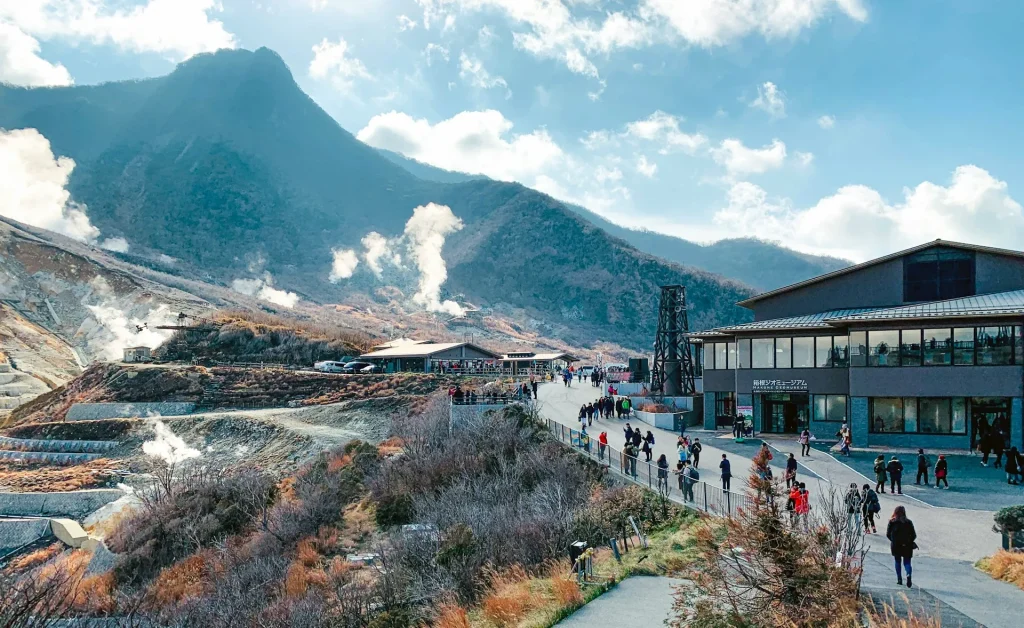
Hakone City is a popular destination blessed with abundant nature while being close to the Kanto region and easily accessible. Hakone City is famous for its natural hot springs and is dotted with many scenic spots such as Owakudani, Lake Ashi, and Hakone Shrine. The city is also known for its hot springs, with many onsen ryokan and hotels lining the streets. There are also ski resorts where winter sports can be enjoyed.
In recent years, the number of people moving to Hakone Town has been increasing due to its easy access to the city center. In particular, the spread of remote work has created an environment where people can work without commuting to the city center, which also seems to be behind the increase in the number of migrants. Tower condominiums with natural hot springs have also been developed for single people. Hakone-cho, which is located at a good distance from the city center and offers nature in each of the four seasons, is one of the options that should not be missed when considering country living.
The Romance Car can take you to Shinjuku in 1.5 hours one way, but Hakone-cho is mountainous, so a car is necessary for daily transportation. Since public transportation is inconvenient, car maintenance costs must also be considered. However, there are plenty of supermarkets, convenience stores, and restaurants in the town, so daily shopping will not be a problem.
| Approximate rent | 50,000 yen and up for a studio, 100,000 yen and up for a family property |
| with or without a car | indispensable |
| climate | warmth |
Fujisawa city, Kanagawa prefecture

Fujisawa City is an attractive place to move to in the Shonan area, with easy access from central Tokyo and reasonable rent prices. The city is dotted with beautiful beaches, including Enoshima Island and Shonan Kaigan, where many people enjoy surfing and marine sports, and the city is crowded with bathers in summer.
Fujisawa has long been known as an educational city, with many universities and vocational schools clustered in the city.
As a result, the city is characterized by a high percentage of young people and a lively atmosphere. With many museums and live music venues, you will be able to live in a culturally stimulating environment.
Another major attraction of Fujisawa City is its very good transportation access to the city center: multiple train lines, including the JR Tokaido Line, Odakyu Enoshima Line, and Enoshima Electric Railway, make it convenient for commuting to the city center, and rent is cheaper than in the neighboring Kamakura City, making it an easy place for single people to live. There are also large shopping centers and shopping malls in the city, so shopping is not a problem.
Combining the convenience of the ocean and the city, Fujisawa City is one of the best places to live in the Shonan area. Considering its easy access to the city center, rents are reasonable.
| Approximate rent | 50,000 yen and up for a studio, 100,000 yen and up for a family property |
| with or without a car | (not) have to |
| climate | warmth |
Takeo city, Saga prefecture
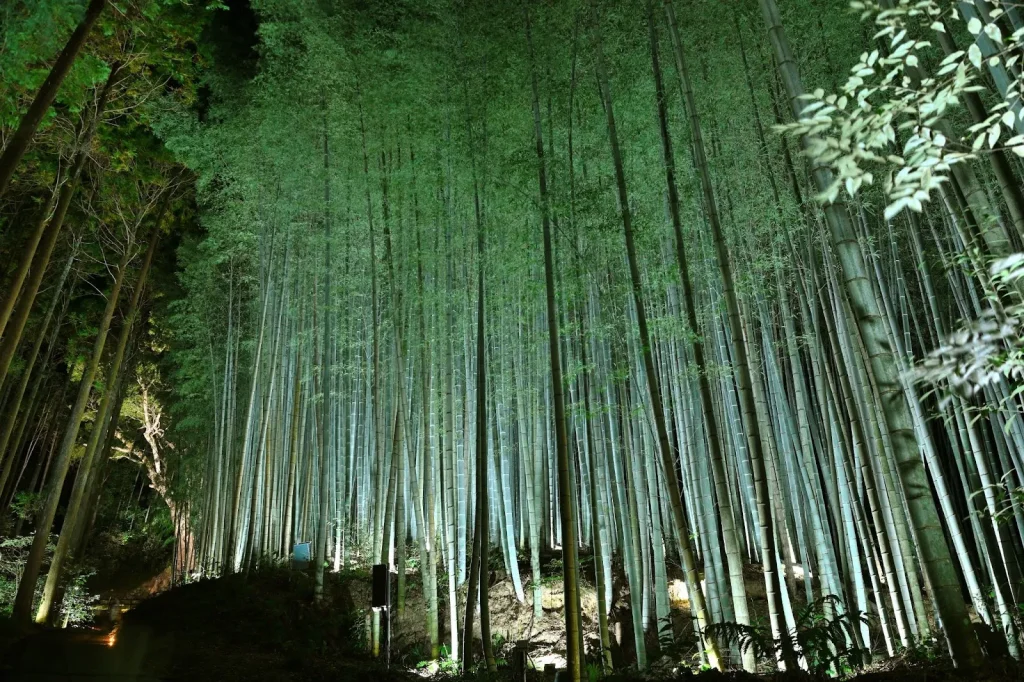
Takeo City is an attractive place to move to, with easy access from the Fukuoka metropolitan area and a rich natural environment. The city is dotted with historic tourist spots such as Takeo Onsen Hot Springs and Mifuneyama Paradise.
Takeo City is committed to regional revitalization and is proactive in accepting immigrants. Takeo City's immigration support website, "Takeo Goodloughcontains detailed information on grants and assistance available.
Rent prices in the city are very reasonable. However, transportation in the city is mainly by car, and public transportation is not well developed. Although the cost of maintaining a car must be taken into consideration, you will be able to enjoy a relaxing country lifestyle.
Takeo City is one of the best places to move to in Kyushu, where you can live in touch with nature, history, and a warm community.
| Approximate rent | 30,000 yen and up for a studio, 50,000 yen and up for a family property |
| with or without a car | indispensable |
| climate | warmth |
Hamamatsu city, Shizuoka prefecture

Hamamatsu is the largest city in Shizuoka Prefecture, located roughly halfway between Tokyo and Nagoya. The city is dotted with rich natural and historical tourist attractions such as Lake Hamana and Hamamatsu Castle Park. It is also known as the "City of Musical Instruments" with the headquarters of Yamaha, Kawai and Roland, Japan's three major musical instrument manufacturers.
Hamamatsu City has a large number of foreign residents. The city has a foreign community that includes Brazilian and Filipino residents, and Japanese language classes and events for foreigners are held in the city.
For foreign immigrants, it is an environment where they can live without feeling a language barrier.
Hamamatsu City is also characterized by a moderate harmony between urban areas and nature. The central part of the city offers a convenient lifestyle with shopping centers and restaurants. On the other hand, the suburbs are rich in nature, making it possible to enjoy a relaxing rural lifestyle.
Although rents are reasonable considering the easy access to Tokyo and Nagoya, the city's transportation network is mainly by train and bus, and some areas are inconvenient without a car. Combining the convenience of the city with the bounty of nature, Hamamatsu is a popular destination for foreign residents.
| Approximate rent | 40,000 yen and up for a studio, 70,000 yen and up for a family property |
| with or without a car | indispensable |
| climate | warmth |
Niseko town, Hokkaido, Japan
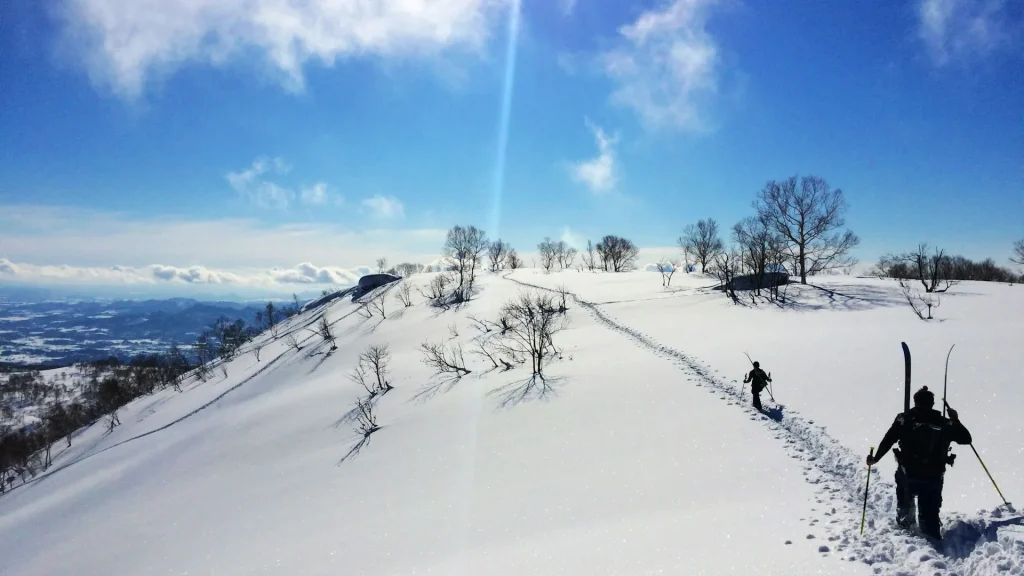
Niseko Town is a popular destination in Hokkaido, known as one of the best ski resorts in Japan. The town has a concentration of high quality ski resorts, including Niseko Annupuri and Niseko Village. The powder snow in winter is world famous and attracts many foreign tourists.
Niseko Town is blessed with abundant nature and offers a wide variety of activities that can be enjoyed not only in winter but also in summer, including rafting, trekking, golf, and many other outdoor activities. There are also many hot springs in the town, where visitors can soak in a hot spring while enjoying the magnificent scenery.
In addition, Niseko Town's appeal lies in its cosmopolitan community. Because of the large number of foreign visitors during the winter season, the town has a wide variety of English-speaking stores and services. Many of the immigrants are also foreigners, and the community is being developed as a multicultural community. Because of the large number of foreign tourists, you will be able to find jobs that make use of your native language skills.
Rent prices are a bit high, but considering its popularity as a resort area, they are reasonable. With its rich nature and cosmopolitan community, Niseko Town is one of the most popular destinations in Hokkaido.
| Approximate rent | 60,000 yen and up for a studio, 100,000 yen and up for a family property |
| with or without a car | indispensable |
| climate | cold |
To learn more about Niseko, Hokkaido, a popular destination for foreigners, check out this article.
▶︎ Let's enjoy Hokkaido Niseko to the fullest, which has many foreign fans!
summary
Each region of rural Japan has its own charming nature, culture, and community. When choosing a place to move to, it is important to find an area that suits your preferences and lifestyle. It is also advisable to do thorough research beforehand on climate, transportation, cost of living, and other information directly related to daily life.
Another option is to start with a short stay in the area, rather than moving there suddenly. By actually staying in the area, you will be able to determine if it is the right place for you.
The five relocation destinations introduced in this article are all regions with their own unique characteristics. If you would like to get away from the hustle and bustle of the city and live in the richness of nature, please take a look at them. A new life in the Japanese countryside is surely waiting for you.
Your support will help us!
Thank you for visiting Goandup Picks. Our mission is to provide you with more useful information to show the world what Japan has to offer.
Your support will help us to further enhance our activities, so please support us!





